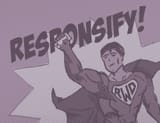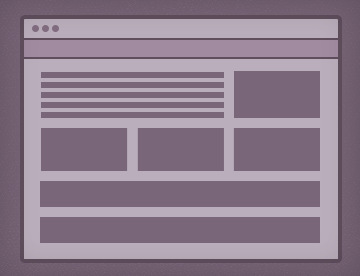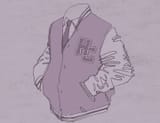
Presenting Design with Confidence
When it comes to conducting a well-orchestrated design presentation, having prior presentation experience is a false measuring stick for success. Preparedness, not experience, actually breeds the confidence needed.
“Are you ready?” Klaus asked finally.
“No,” Sunny answered.
“Me neither,” Violet said, “but if we wait until we’re ready we’ll be waiting for the rest of our lives, Let’s go.”
– Lemony Snicket, The Ersatz Elevator
Like Violet states, you can’t wait for the perfect moment or the deserving job title to feel comfortable presenting work to clients. To help nudge you out of the nest, I’ve culled these personal tips for anyone who has to stand up in front of an audience and talk about design fluently and with confidence.








